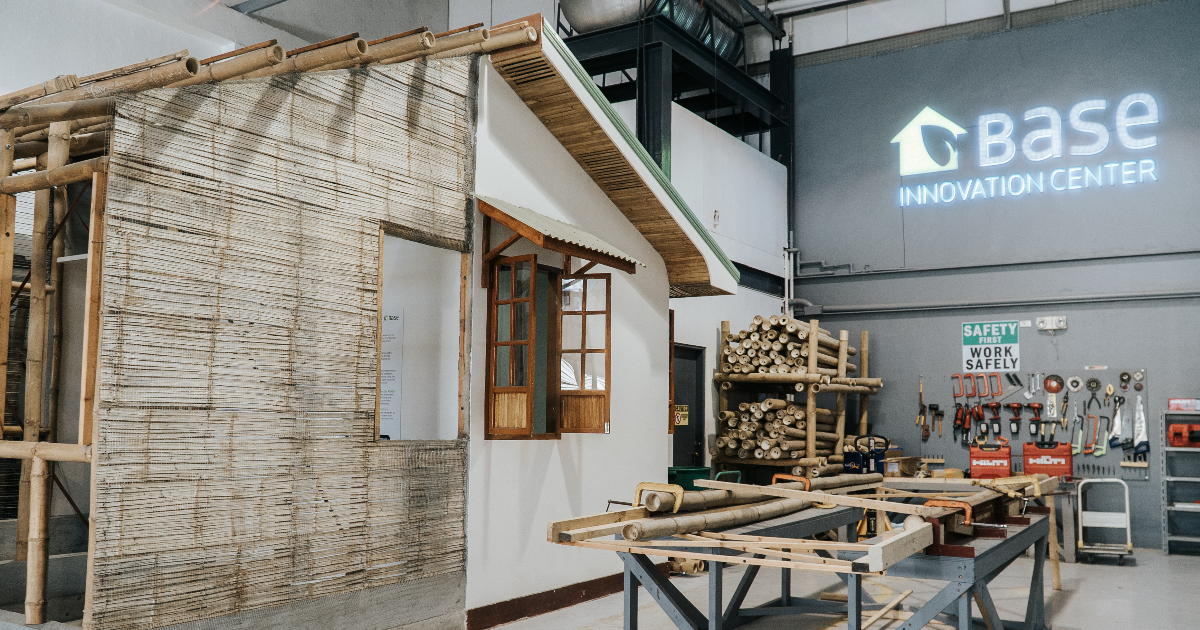
Bamboo: A Reliable Construction Material for a Sustainable Future
As the world grapples with environmental issues such as climate change and deforestation, it has become increasingly important to look for alternative building technologies that can reduce the negative impact of the construction industry on the environment. One that would make such a good alternative building material is bamboo.
Often thought as a secondary and decorative building material, bamboo has a lot more to offer. It possesses remarkable properties, which have made it an ideal construction material for a wide range of applications – from flooring to scaffolding, furniture to housing. This very same set of properties is also what gives bamboo a high potential to revolutionize the construction industry, particularly in terms of sustainability. Read further to know how bamboo makes a good sustainable construction material below.
Highly renewable resource
Bamboo is a highly renewable resource that grows much faster than trees, making it an eco-friendly and sustainable option for construction. Bamboo can grow up to 91 cm (3 feet) per day such as Bambusa blumeana and Dentrocalamus asper, which means that it can be harvested and replanted relatively quickly, unlike traditional building materials like wood, which can take decades or even centuries to grow to maturity.
Strength and durability
Bamboo is a naturally strong and durable material that can withstand heavy loads and extreme weather conditions. Bamboo’s high strength-to-weight ratio makes it an ideal material for building structures that need to be sturdy and long-lasting.
Pest and Decay resistance if properly treated
Bamboo is a material that has been used for centuries in construction. However, untreated bamboo can be vulnerable to decay and pest infestations, which can shorten its lifespan and compromise its structural integrity. Proper treatment can help bamboo resist decay and pests. The treatment process can help ensure that bamboo is a durable and long-lasting material that can be used in construction.
Low carbon footprint
Bamboo has the potential to sequester carbon through its fast growth and ability to store carbon dioxide through photosynthesis. Studies have shown that the carbon stored in bamboo poles is 51 to 54 percent of the bamboo pole biomass density, and bamboo products such as houses, furniture, boards, or engineered bamboo are durable and can last up to 25 to 50 years, sometimes even 100 years, making them a carbon pool or carbon reservoir. When compared to other building materials, such as cement, steel, or PVC, bamboo can have a lower carbon footprint, especially when used to replace emission-intensive materials in construction.
Versatile
Bamboo is a versatile material that can be used in a wide range of applications, from small-scale furniture to large-scale buildings. This versatility makes it a practical and sustainable choice for construction projects of all sizes.
Indeed, bamboo offers a futuristic approach to the construction industry by paving the way for a more sustainable and eco-friendly building technology. Learn more about bamboo as a building material with Base.
Base Bahay Foundation, Inc (BASE) is the pioneer of Cement-Bamboo Framework in the Philippines. BASE builds affordable and disaster-resilient structures using bamboo-based technology. Through continuous research in the Base Innovation Center (BIC), BASE is optimizing the technology and looking for new applications outside its standard model. BASE also offers training courses under its Bamboo Academy program to share the alternative building technologies and provide further knowledge on bamboo construction. Learn more about BASE projects and initiatives!
Alternative Building Technologies, Cement Bamboo Frame Technology, Sustainable Housing